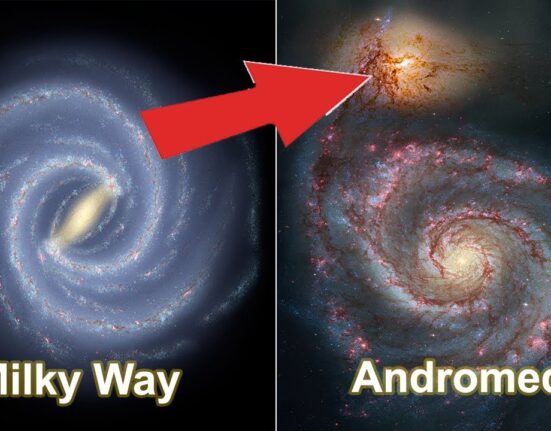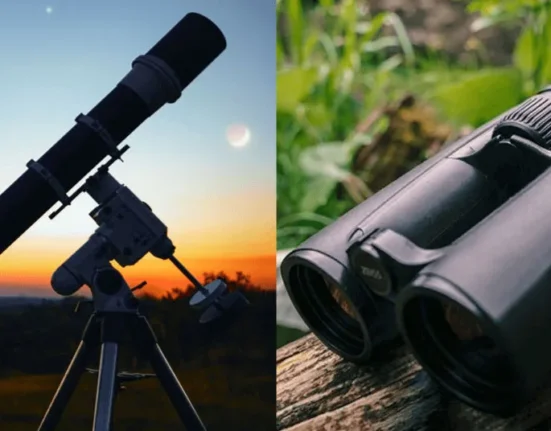Wildfires are not just about flames scorching forests; they carry a hidden danger that lingers long after the smoke clears – impacting our mental well-being. Picture this: the crackling sound of embers, the acrid scent of burning trees, and the gray haze obscuring the once-clear sky. Yet, beyond these tangible effects lies an invisible threat to our minds.
Kari Nadeau, a distinguished figure in Climate and Population Studies, sheds light on this lesser-known aspect with profound insight. She emphasizes how wildfire smoke transcends being merely a respiratory concern; it delves into our psyche, influencing conditions like depression, anxiety, and mood disorders. In her groundbreaking study soon to grace JAMA Network Open’s pages, Nadeau unveils a startling revelation – wildfire smoke directly contributes to exacerbating mental health issues.
Imagine being amidst towering flames engulfing vast landscapes while simultaneously grappling with inner turmoil triggered by inhaling the very essence of destruction itself – such is the insidious nature of wildfire smoke on our mental fortitude.
The research community has long speculated on the correlation between PM2.5 (particulate matter) and mental health outcomes. However, Nadeau’s study stands as a pioneer in isolating wildfire-specific PM2.5’s immediate impact on mental well-being. This distinction offers precise insights into how this particular variant of PM2.5 uniquely affects our minds.
Diving deep into California’s tumultuous period from July to December 2020 – marked by unprecedented wildfires ravaging its terrains – Nadeau’s team meticulously scrutinized data encompassing daily levels of wildfire-specific PM2.5 and emergency department visits for various mental health conditions across different regions within the state.
A staggering 86,588 visits to emergency departments for mental health concerns punctuated this turbulent time frame where communities grappled not only with physical safety but also their emotional resilience amidst pervasive smoke-laden air.
Nestled within these numbers lie tales of struggle and resilience mirrored across zip codes as individuals sought solace from debilitating conditions ranging from psychoactive substance use disorders to debilitating mood-affective disorders—each exacerbated by exposure to wildfire-specific PM2.5 pollutants lingering ominously in the air they breathed.
“The disparities we observed based on race, gender, age groups, and insurance coverage underscore existing health inequities that are further exacerbated by exposure to wildfire smoke,”
remarked lead author YounSoo Jung poignantly.
As we navigate an era characterized by escalating climate change-induced wildfires heralded by more frequent and severe seasons ahead – it becomes imperative to equip ourselves with resources ensuring equitable access to mental healthcare during these trying times especially for those most vulnerable among us—our womenfolk, children & young adults alongside marginalized communities facing heightened risks due to their socioeconomic status or ethnic backgrounds.
Mary Johnson & Caleb Dresser spearheaded this vital research endeavor backed by substantial support from esteemed institutions such as the National Heart Lung & Blood Institute – standing testament to collaborative efforts driving impactful change at grassroots levels amidst environmental adversities wreaking havoc on both physical landscapes and delicate human psyches alike.
In conclusion—the next time you catch a whiff of smoke wafting through your window carrying distant echoes of wildfires ablaze afar—pause for a moment reflecting not just on what burns outside but what stirs within—a poignant reminder that healing extends beyond mended forests—it reaches deep into mending fractured souls seeking solace amidst smoldering ruins left in nature’s fiery wake.









Leave feedback about this